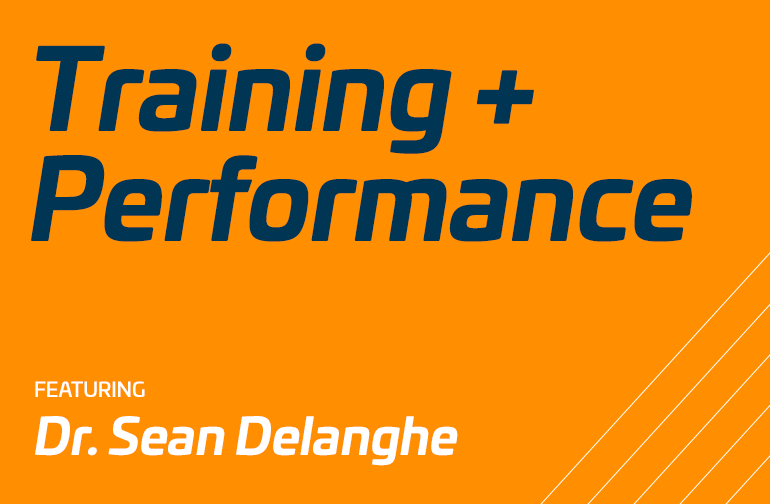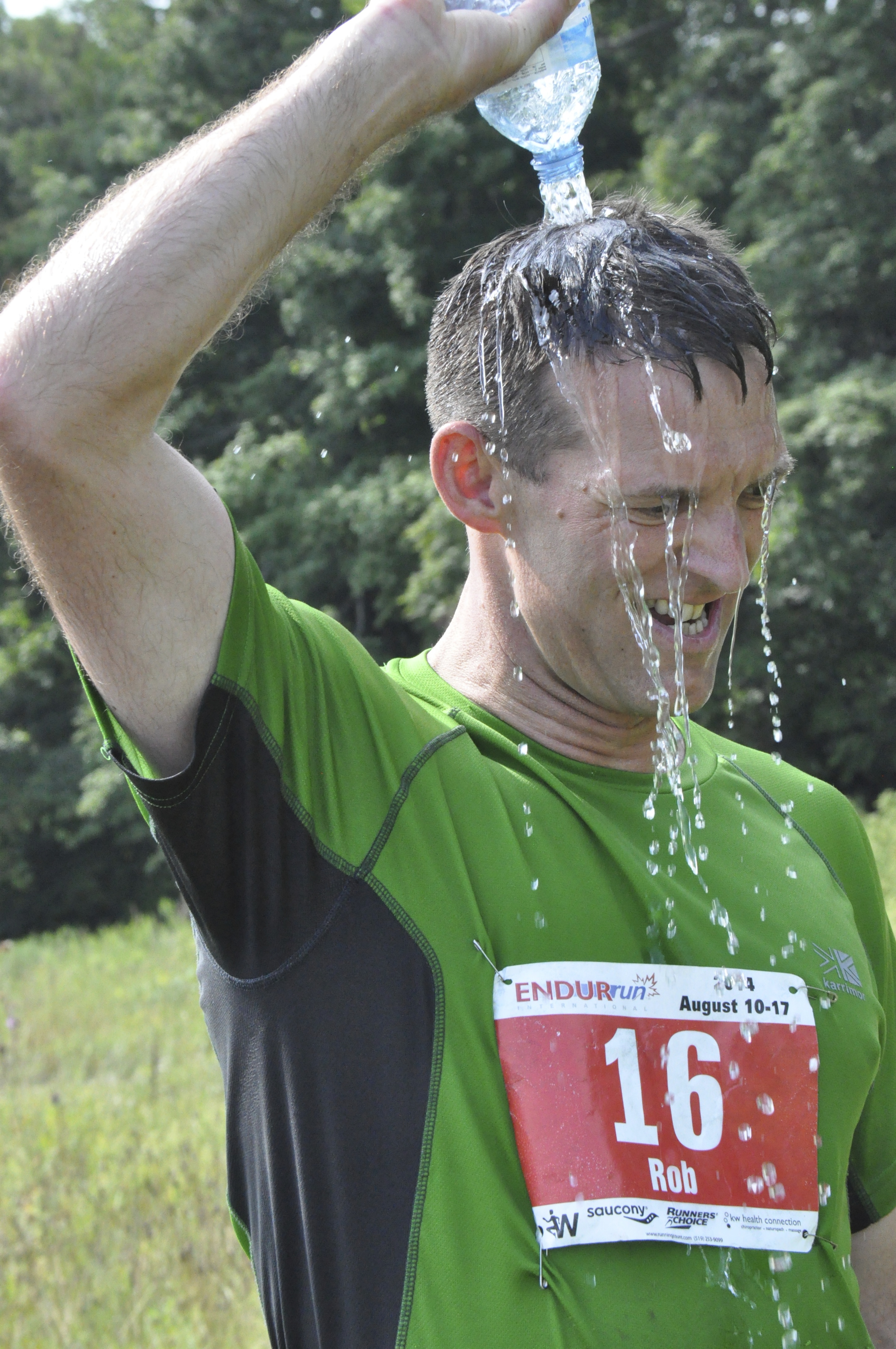August is hot, and this August is hotter than normal. Cooling and hydration has never been more important.
 To this point, we asked Dr. Sean Delanghe for tips on staying cool. Dr. Delanghe is a local chiropractor, runner and coach, and he writes a monthly column for RW Magazine on the Science of Training and Performance.
To this point, we asked Dr. Sean Delanghe for tips on staying cool. Dr. Delanghe is a local chiropractor, runner and coach, and he writes a monthly column for RW Magazine on the Science of Training and Performance.
Hello ENDURruners!
There’s no denying temperatures are on the rise and reaching a challenging level. With this comes, as a best case, a decrease in performance, as a worst case, heat stroke. Doing the right things to manage the heat will help to get through the next 3 stages successfully. Here are some of the things I did to survive last night’s 10-Miler.
Pre-Cooling: There is an abundance of research out there showing that starting with a lower core temperature and delaying the rise can significantly enhance performance. I live close to the start of the 10-Miler, so I had a 10 minute freezing cold shower very close to start time to try to lower my core temperature. Sponging with ice cold water, staying in the shade, staying in AC or in front of a fan also works. The idea is not to keep you from warming up pre-race, but to start colder than you normally would. Allow your core temperature to rise half way through the race, not before you toe the line!
Hydrating: Hydrating throughout is obviously very important, and all runners know this. Stay on top of it and don’t wait until you’re in trouble to hydrate, systematically take on fluids throughout the entire race.
Showering and/or sponging: In addition, it is 100% extremely important to constantly dump ice cold water/ ice on your head/core throughout the entire race. Don’t wait to get hot to cool down, stay cold as long as you can. Coach Gill from our team bought two cases of water and filled up two coolers with ice and distributed it to us last night, and it saved me! There were many others who did the same to help. Thank you all so much, these efforts really do go a long way in enhancing performance and mitigating risk. If you are able to get ahold of those ice cold spongers (thanks Miles!), squeezing them over your head is useful in enhancing performance. There is evidence for sticking them in your shorts/at thigh level to hit the femoral artery to cool the blood coming to and from your legs as well.
Gear: Generally avoid wearing hats, especially ones that do not breathe – opt for a visor if you need something. Let the heat flow from your head, don’t bottle it in! For carrying water: on Friday, the farthest you will run is 2km between aid stations, so it might not strictly be necessary. On Sunday, as aid stations are 3km apart, carrying water is a good idea, the longer you plan to be out on the course.
Race smart: It is also very important to modify your pace – something that is hard for me to accept, but it’s the truth. There’s no denying that heat is one of the number one sources of stimuli that signals our brain to slow down our legs. It is impossible to expect a PB pace with the same level of fitness if you are racing in 35-40C weather. Start slow, and listen to your body and perceived level of exertion. I was slower than I expected last night, but the effort was through the roof. Finally, a tough pill to swallow is to drop out when you notice signs and symptoms beyond normal running pain. It is never a mistake or something to be ashamed of. Dizziness, nausea, headaches in the early phases are all signs that is time to consider making the smart choice and to drop out.
I hope this helps! I’ll see you all at Chicopee tomorrow!
At every ENDURrun aid station, you can expect cold water, gatorade, and a volunteer with cell phone. For Stage 5, there are aid stations at 2.2km, 4km, and 5km of the 5.12km loop. At Stage 7, aid stations are at every 3rd kilometre marker for the 21km loop. Thank you to the dozens of members of the community that dotted the course at Stage 4 with icy cold support.
